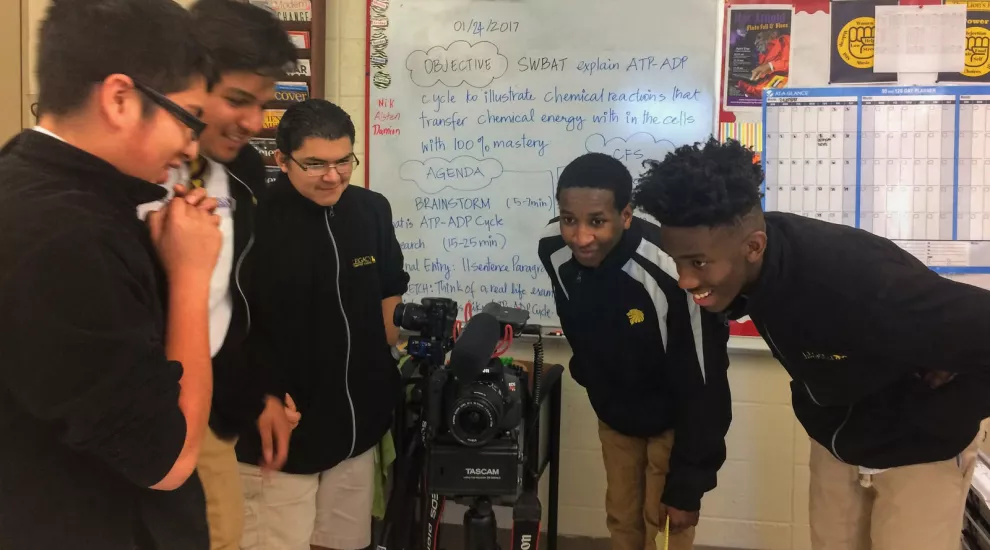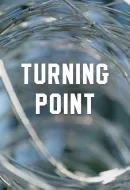
High school students bustled around their DSLR cameras, taking turns looking through the preview monitors and wondering out-loud questions like, “Why does it look so dark?” and “So, do I adjust the ISO or aperture first?” With hands-on experience, along with the suggestions of their peers (and the help of their instructors), these students were able to figure out the answers to these questions and discover the ins and outs of DSLR manual settings. Without having to leave their classroom, these high school students were able to attend a DSLR workshop and say goodbye to DSLR auto settings once and for all.
The students are a part of the PBS NewsHour Student Reporting Labs program, which connects middle and high school students to local PBS stations and news professionals in their community to produce original, student-generated video reports. PBS NewsHour Student Reporting Labs are located all around the country, with four located in the Carolinas. This specific Student Reporting Lab is from Legacy Charter High School, which is located in Greenville, South Carolina.
After sitting through an hour-long presentation, the students were able to put their newfound knowledge to the test. In groups of four, the students worked with the DSLR cameras in manual mode. The instructors would take the DSLR cameras from the students, mess up the manual settings, and then give the cameras back to the students, forcing them to figure out what was wrong, and how to adjust the settings, so that they had could record videos of good quality. After this exercise, the students walked away knowing much more than they did when they first walked through Legacy Charter High school’s doors that morning.
One student, Alsten Dempsey, explained in detail what he learned. He learned about the Exposure Triangle, and how if you change one setting in the triangle, you need to change another setting to make up for it, and how “the exposure triangle is a triangle because you are trying to find the perfect balance between these three things.” He also commented on how the shutter speed is constant and does not need to be changed during production, once it is set.
Another student, Manuel Santos, explained what he learned about white balance: “If you go below 5000 kelvin, it will be blue and if you go above 5000, it will start turning yellow.”
Now, it is time for the students to use the new things they learned about DSLR manual settings to create exceptional visual content for PBS Newshour Student Reporting Labs.
